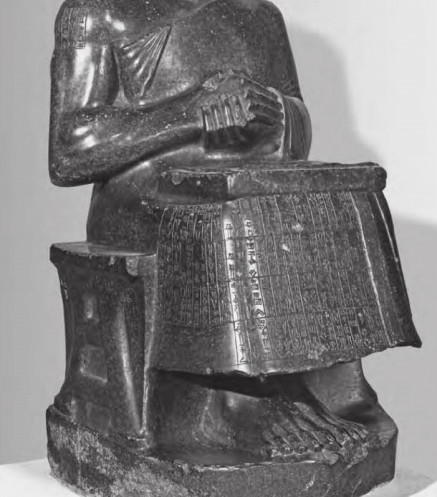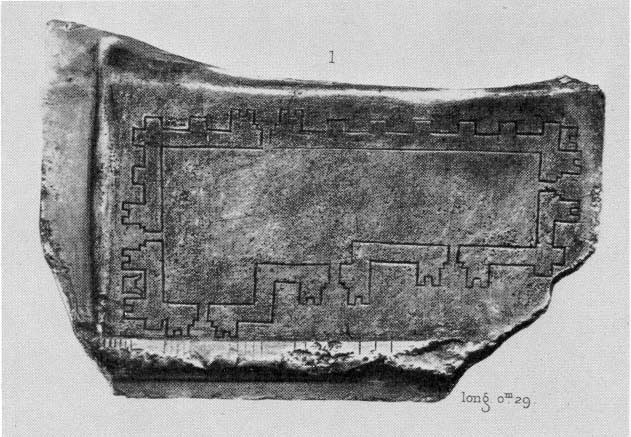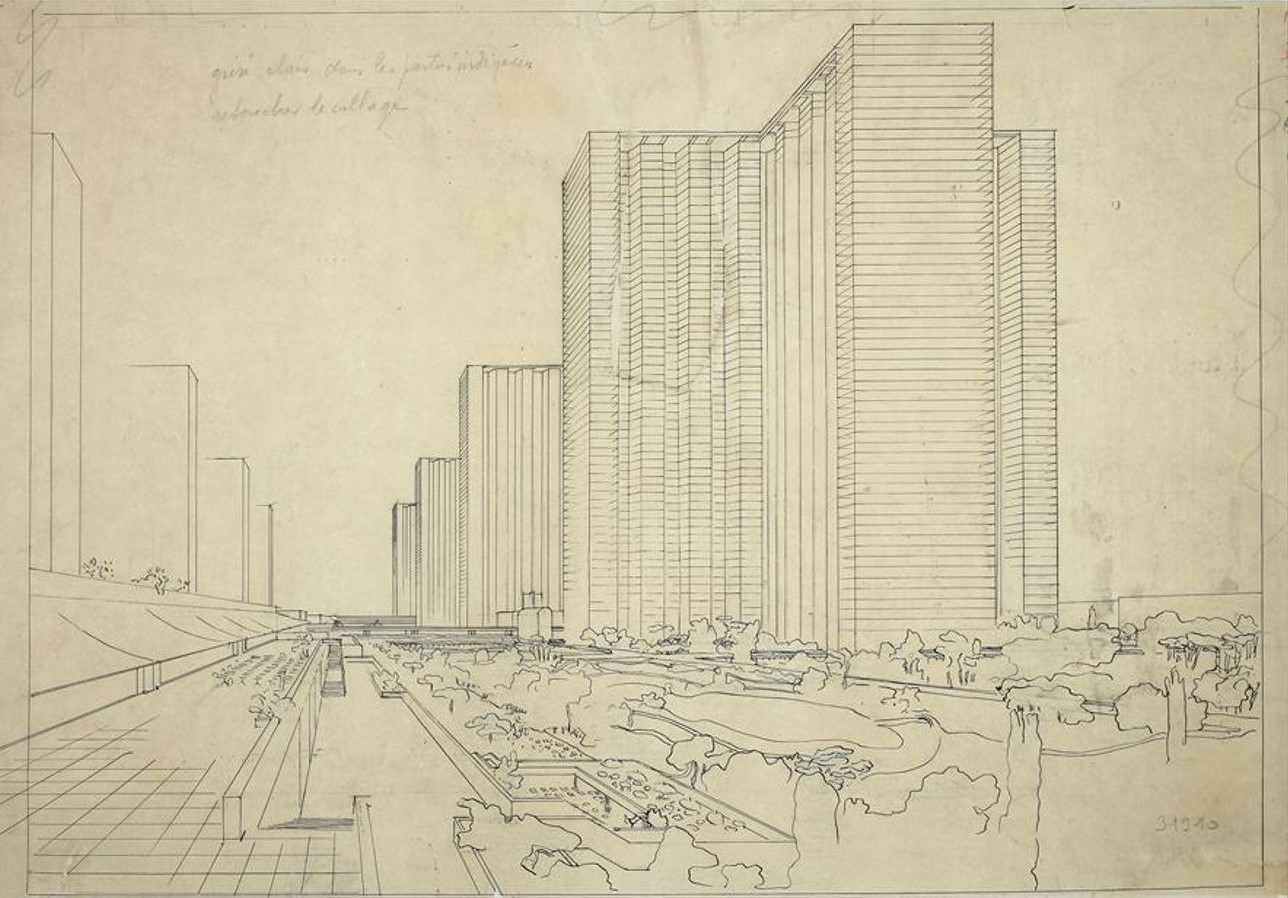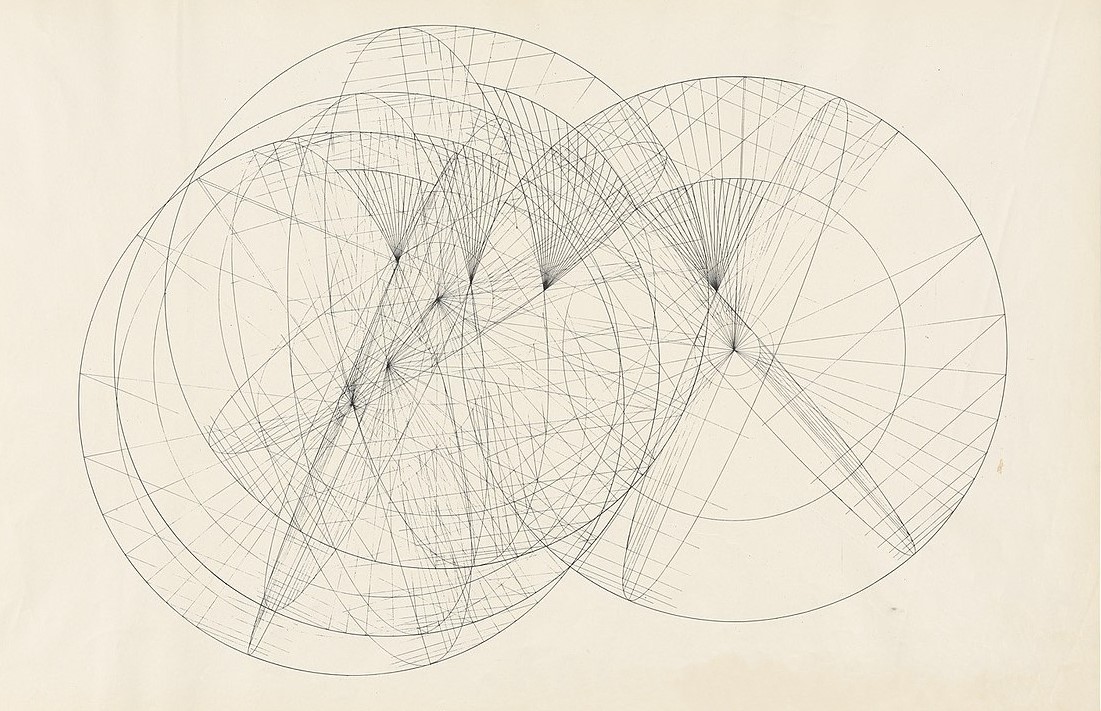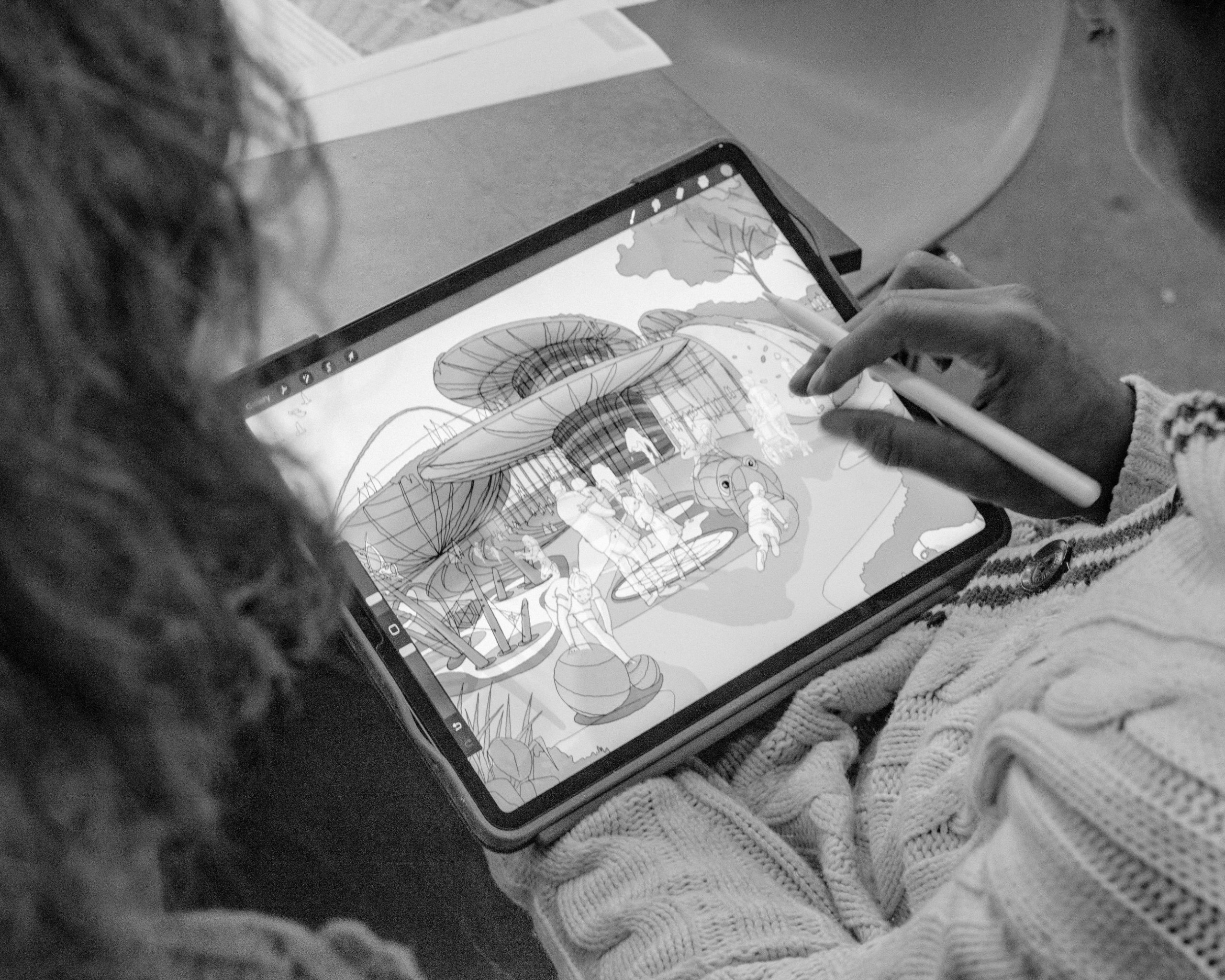
Sketching, the act of creating drawings by hand, has been fundamental to architecture and problem-solving throughout human history. Some of the earliest examples of architectural drawings date back to 2200 BC. Indeed, Gudea, the ruler of an area in Mesopotamia, was celebrated with a statue that included plans of his palace. Complete with a scale of measurement, the drawing sits on his lap.
Despite the advancements in digital technology, humans enjoy hand drawings for various reasons. Hand sketching offers a visual connection between the mind and the paper, allowing for greater creativity, flexibility and freedom of expression. In this essay, I will explore how sketching can help solve our problems, the reasons why humans still prefer hand drawings, the relationship between drawing and building, the process of designing by sketching and the future of hand sketching in an AI-generated world.
Firstly, humans still prefer hand drawings because of the experience they provide. There is something inherently satisfying about putting pen to paper and seeing ideas come to life through strokes and lines. Hand sketching allows for greater control and precision, as well as the ability to easily make changes and adjustments on the fly. Just like Michaelangelo sculpting David from a single block of marble, each stroke of the chisel is the manifestation of the precise negotiation between his imagination and the sculpture. Hand drawings also have a personal touch that digital renderings often lack, making them more engaging, relatable and human.
Secondly, the relationship between drawing and building is complex. In many cases the act of drawing precedes the act of building, serving as a crucial step in the design process. Architects, engineers and designers often use sketches to explore ideas, visualise concepts and communicate with clients and collaborators. However, drawing can also be a form of building in itself, as seen in the works of artists and architects who use drawing as a means of creation – of art – rather than just representation.
Thirdly, sketching a design involves a combination of intuition, creativity and problem-solving skills. Sketching helps designers discover issues almost by accident and quickly explore different possibilities and iterate on their ideas until they find the best solution. Designers can better understand the constraints and requirements of a project, as well as the needs and preferences of the end-users. Sketching also encourages collaboration and communication as ideas can be easily shared and discussed with others.
Finally, the future of sketching in an AI-generated world is uncertain. On one hand, advancements in artificial intelligence and computer-aided design have made it easier than ever to create digital renderings and simulations. On the other, hand sketching offers a unique perspective and a level of creativity that cannot be replicated by machines. In a world increasingly dominated by technology, hand sketching may become a niche skill reserved for those who appreciate its value and significance.
In conclusion, sketching is a powerful tool for problem-solving that offers numerous benefits over digital alternatives. Humans still prefer hand drawings because of the physical experience, personal touch and creative freedom they provide. Design by sketching involves a combination of intuition, creativity and problem-solving skills and as such often precedes the act of building, serving as a crucial step in the design process. While the future of hand sketching in an AI-generated world is uncertain, its value and significance remain undeniable.
As long as there are problems to be solved and ideas to be explored, sketching will continue to play a vital role in human creativity and innovation. The only difference now is our imagination is no longer the limit.
Qaisy Jaslenda
Senior Architectural Assistant

Qaisy has worked at Tate+Co since 2018 on a variety of projects at different stages. These include the recently completed York St John Creative Centre, and a large residential retrofit/refurbishment and extension for a private client in Kent, as well as Heathrow Expansion Project at Grimshaw Architects. He often combines his artistic and making abilities with a sound technical knowledge on each project he works in.
Qaisy received his MArch Architecture (ARB/RIBA Part 2) with a distinction from The Bartlett School of Architecture. He was under supervision of CJ Lim and Simon Dickens, with whom he explored concepts of architecture and urban planning based on narrative and storytelling.
Prior to The Bartlett, Qaisy had several roles which he believes have expanded his creativity and sensitivity in space making. At the age of 18, he was a stage designer at Kuala Lumpur Performing Arts Centre (KLPAC) where he designed and built a stage for a play based on Sherman McDonald’s ‘After Juliet’. His creative pursuits then brought him to work under the wing of an award-winning Malaysian film director Yasmin Ahmad as a post-production assistant in a production house based in Malaysia. His architectural training later developed at several practices including Veritas Architects, ZLG Design, and Rekarancang Sdn. Bhd.. During this time he pursued his interests in art particularly in mural painting where he was commissioned to paint murals on the streets of Kuala Lumpur, Shah Alam, and Kota Kinabalu in Malaysia, and in Melbourne, Australia.

